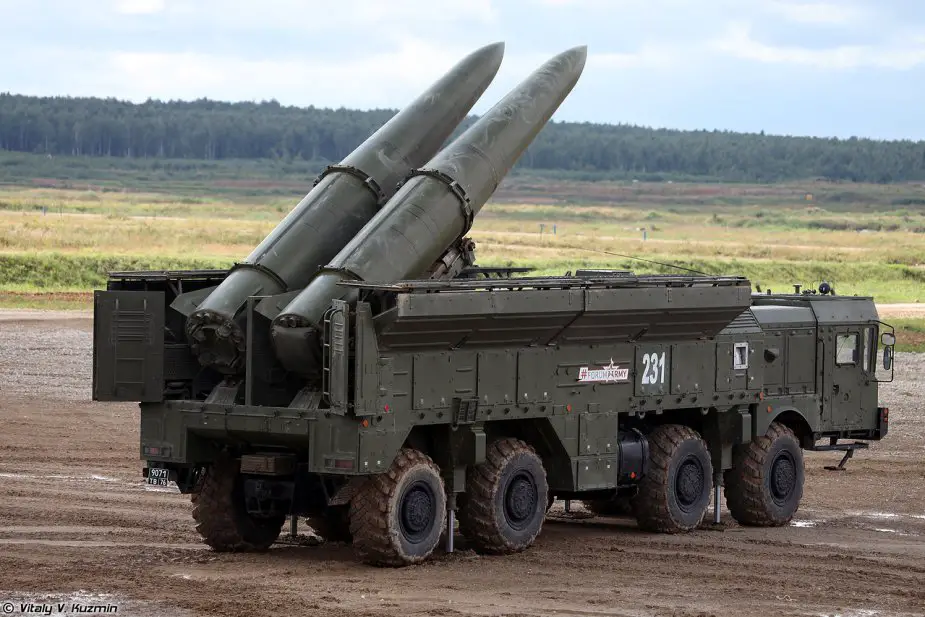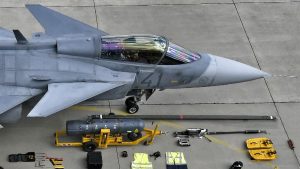The article delves into Russia’s recent delivery of Iskander-M ballistic missile systems to Belarus, analyzing the potential consequences for regional tensions, international relations, and security dynamics. It highlights concerns raised by neighboring countries and examines the broader geopolitical context surrounding this development.
In a development that has raised eyebrows on the international stage, Russia recently dispatched a new batch of Iskander-M ballistic missile vehicles to Belarus. This delivery, which occurred in August 2023, marks a significant geopolitical move that could have far-reaching implications for regional stability and global security dynamics. The situation has gained attention due to the heightened tensions involving Russia, Belarus, and NATO member countries, including Finland and Poland.
The news, initially reported by IntelDrop, revealed that at least 10 Iskander-M ballistic missile vehicles were transported by train from Russia’s Kapustin Yar, a significant military testing site located in the Astrakhan region, to the Asipovichy railway station in Belarus’ Mohyla region. What makes the Iskander-M system notable is its capacity to carry a range of warheads, including nuclear ones, making its deployment a matter of intense scrutiny and concern.
Iskander-M ballistic missile systems are known for their versatility and advanced capabilities. These systems, produced and deployed by the Russian military, are designed for short-range engagement, reaching hypersonic speeds of 2,100–2,600 meters per second (Mach 6–7). They can achieve altitudes of up to 50 kilometers and cover distances of up to 500 kilometers. This mobility, precision, and range allow them to target a wide array of objectives, from hostile artillery and air defenses to communication nodes and concentrations of troops.
The Iskander-M’s integration into the Belarusian Armed Forces is indicative of Russia’s strategic interests and influence in the region. However, the move has caused apprehension among neighboring countries and global observers. Particularly noteworthy is the timing of this missile delivery, occurring amid the backdrop of increased military activities and geopolitical pressures.
The situation has become even more complex due to the involvement of Wagner mercenary fighters, aligned with Russia, within Belarus. This development prompted Poland to reposition some of its military units closer to the Belarusian border. As tensions escalate, the international community is watching closely to gauge the potential repercussions of these actions.
Furthermore, discussions between Belarusian President Alexander Lukashenko and Russian President Vladimir Putin have added another layer of concern. Plans reportedly include enabling Belarusian Iskander launchers to deploy Russian nuclear-equipped missiles. This potential arrangement, if realized, could mark the first time since the Cold War that Russia equips another nation with nuclear launch capabilities. Such a move has raised questions about the implications for regional security and global stability.
In response to these developments, there have been reports of a new garage facility being constructed in Belarus, possibly to house the Iskander-M missile launchers received from Russia. This has fueled speculation about the missiles’ capabilities and potential use.
As the international community watches these events unfold, the focus remains on understanding the motivations behind Russia’s decision to supply Belarus with Iskander-M missiles. The implications for regional security, the broader geopolitical landscape, and the response from neighboring countries and NATO members are crucial factors that will shape the ongoing narrative.






